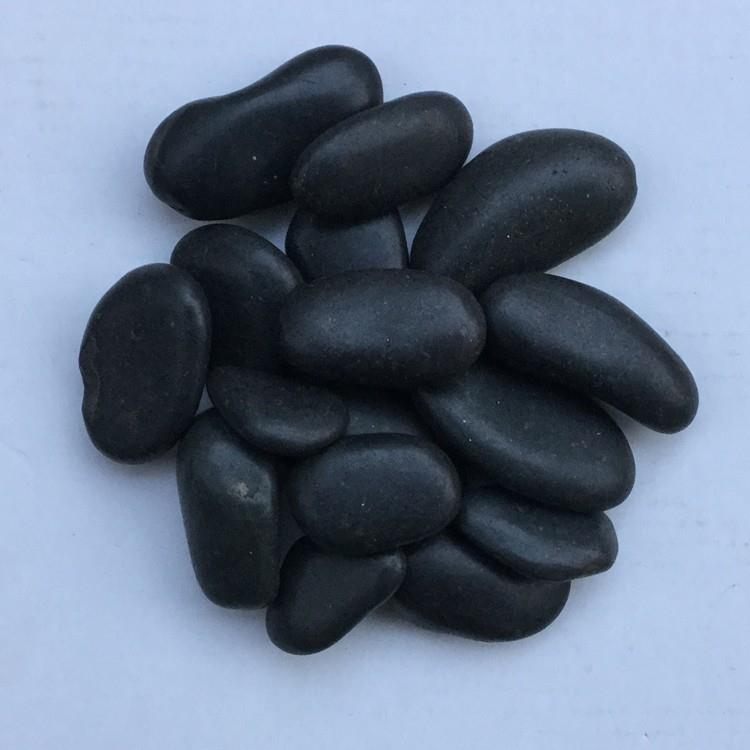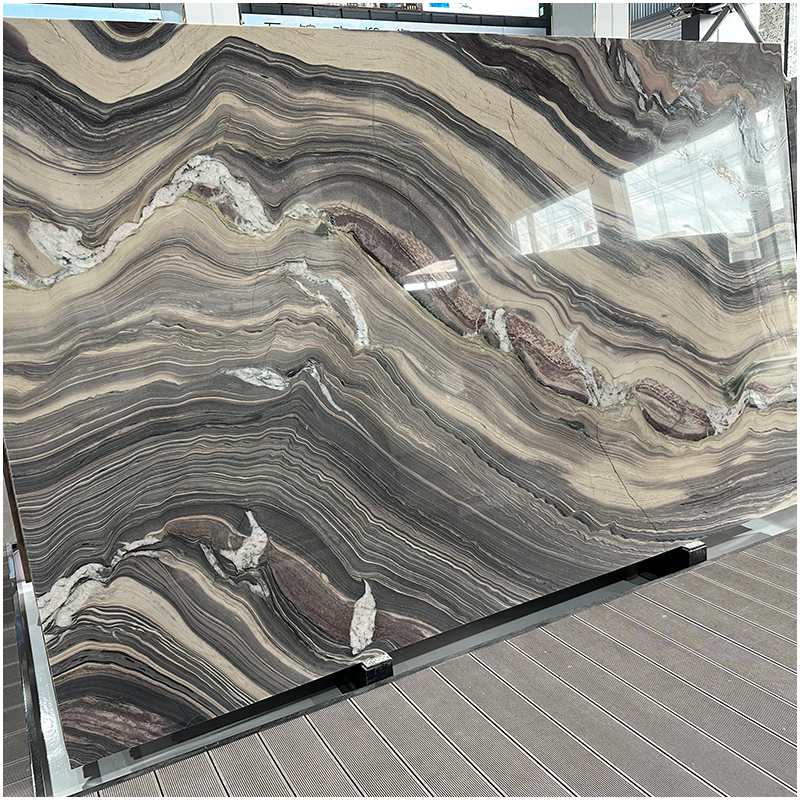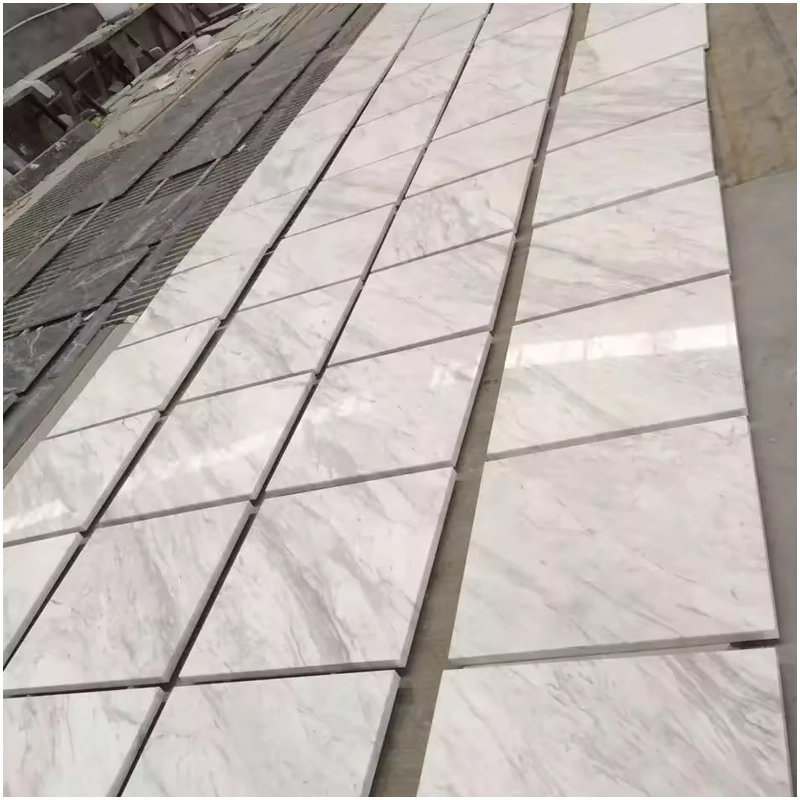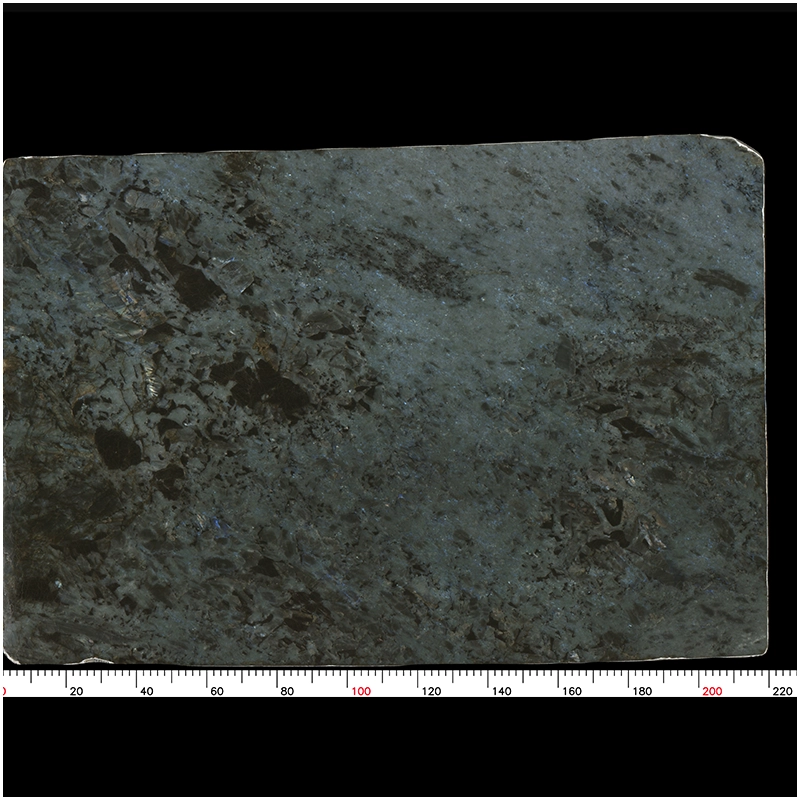Pebbles Installation and Use Guide
Pebbles, with their smooth, naturally rounded forms, provide a lovely and useful addition to both indoor and outdoor areas. Many landscaping and decoration projects use them because of their great range of colors, sizes, and textures. This page explains how to pebble stone installation and looks at their numerous uses so you can make the most of this natural resource.

Making Use of Pebbles
Gardens and Walkways
Laying garden pathways and walkways is one of the most popular applications for pebbles. Their organic appearance melds in well with foliage to provide a useful and appealing walkway for patios and gardens. To provide a more ordered appearance, use pebbles either alone or in conjunction with stepping stones. Walking is made easy by their smooth surface, which also facilitates drainage and keeps muck out.
Patios and driveways
Covering driveways and patios with pebbles provides a distinctive and low-maintenance alternative for conventional paving materials like concrete or asphalt. Durable and able to handle a lot of traffic, pebble driveways also provide superior drainage. They may be tailored to suit the general style of the house and come in a range of colors and sizes.
Elegant Elements
Both in commercial and residential gardens, pebbles make a great ornamental element. They may be utilized to spruce up the spaces surrounding sculptures, ponds, and fountains. Pebbles may also be utilized to create gorgeous rock gardens, and their diversity of hues and textures can be matched to plants and other natural features.
In flower gardens, stones work well as mulch. Because pebbles do not break down as organic mulches do, they are a durable option that keeps soil wet and discourages weeds. Additionally, and this is good for plant health, the reflecting qualities of light-colored pebbles may help keep the soil cool in hot weather.
Accents Inside
Pebbles are excellent interior decor as well as outside. They are often included into bathroom design, particularly shower floors, whose rounded, smooth surface gives the impression of being in a spa. Pebbles may be arranged decoratively as well, like to fill vases or create centerpieces for tables.
Aquariums and Terrariums
Pet lovers should not be without stones while building attractive and useful aquariums and terrariums. It is safe to use with fish and reptiles and their natural appearance helps to resemble their natural surroundings. Pebbles also support a healthy ecology within a tank or enclosure.
Installing Pebbles
The particular use and intended result determine how to place pebbles. This page contains comprehensive instructions for a number of typical applications:
Lay Out the Space
The space has to be ready before the pebbles are installed. This include getting rid of any weeds, trash, or current items. Weed barrier or landscaping fabric should be laid down in places where weeds are likely to grow. It will also make upkeep simpler and stop weeds from growing through the stones.
Sculpt a Garden Path
Outline the intended route using string or a garden hose. To a depth of about 3–4 inches, excavate the area marked. This will provide the pebbles a solid foundation and enough depth. Top the trench with a layer of gravel or crushed stone. About two inches deep, this layer will help with stability and drainage. To prevent weeds from sprouting through the stones, lay landscape cloth over the base. After that, equally distribute the pebbles to a depth of two to three inches across the landscape fabric. To guarantee an equal distribution, level the area using a rake.
Decking Patios and Driveways
Stake and thread the limits of your driveway or patio to mark the area. You’ll find it easier to maintain straight lines throughout pebble stone installation. To a depth of approximately 6 to 8 inches, excavate the area, taking away any surface debris. To the dug area, apply a 4-inch-thick coating of gravel or crushed stone. Consolidate the subbase using a plate compactor to establish a solid foundation. When laying landscaping fabric, cover the compacted subbase to stop weed development. Using a layer of stones two to three inches thick, cover the landscape fabric. To guarantee an equal surface, use a rake; add additional pebbles as necessary to get the right thickness.
Introducing Decorative Elements
Mark out the space you want to use for the pebbles using an edging material like metal, plastic, or real stone. In doing this, the stones are contained and a tidy border is created. Get the Base Ready. After removing any trash, spread out landscaping cloth or a weed barrier. Spot the pebbles evenly over the marked area. Mixing different-sized and colored pebbles may provide visual appeal.
Mulch
Take out of your flower beds whatever mulch, weeds, or other rubbish is already there. Weeds cannot grow through the pebbles if landscape fabric is laid over the soil. To a depth of about two inches, pour the stones over the landscape fabric. For a smooth surface, evenly distribute the pebbles with a rake.
Making Decorative Elements for Indoor Spaces
Select a tray, ornamental bowl, or vase to hold the stones. Arrange the pebbles into the container with care so that they create a pleasing pattern or design. Think about arranging the pebbles with other ornamental items, such plants, shells, or candles, to create visual interest.
Setting Up Aquariums and Terrariums
Make sure all dust and debris is removed from pebbles before adding them to an aquarium or terrarium. To an aquarium, add a layer of gravel or substrate suitable for the tank before adding the pebbles. Top a terrarium with a layer of sand or dirt. Arrange stones in a tank or fence to give a natural effect. Consider using bigger stones as focus points and smaller pebbles to fill in gaps.
Maintenance Tips
Keeping your pebble stone installation looking its best requires regular upkeep. Following are some pointers to make sure your pebble stone installation looks fantastic and lasts:
To get rid of debris, leaves, and dirt, sweep or rinse the pebbles often. To maintain the pebbles looking new for indoor installations, wipe them with a damp cloth. For exterior installations, monitor for weed growth periodically. Pull weeds that appear and, if necessary, use a herbicide to prevent further growth. Pebbles might move or settle with time. As more pebbles are needed to maintain a smooth and attractive surface, add them. To preserve and brighten the pebbles on driveways and frequently used walkways, think about using a sealer. This will also help reduce weed growth and make cleaning simpler.

Conclusions on Pebbles
pebbles stone offer a versatile and attractive solution for a variety of applications both indoors and outdoors. Their natural beauty and durability make them a great choice for enhancing the beauty and functionality of a space. Pebbles are the ideal last touch whether you’re building a chic driveway, a peaceful garden walk, or a distinctive interior element. Your pebble features may be maintained and enjoyed for many years to come with the correct pebble stone installation techniques. Invest in pebbles to add a little elegance of nature to your yard and house and to enjoy the everlasting attraction of this remarkable substance.







